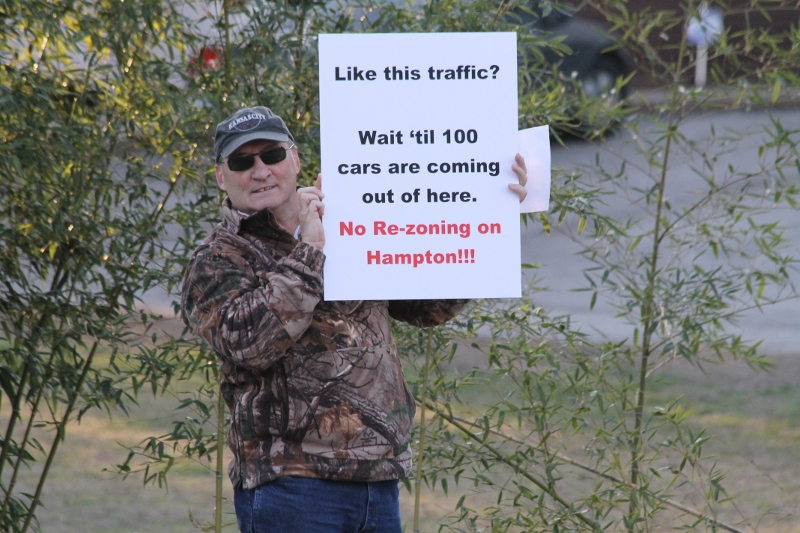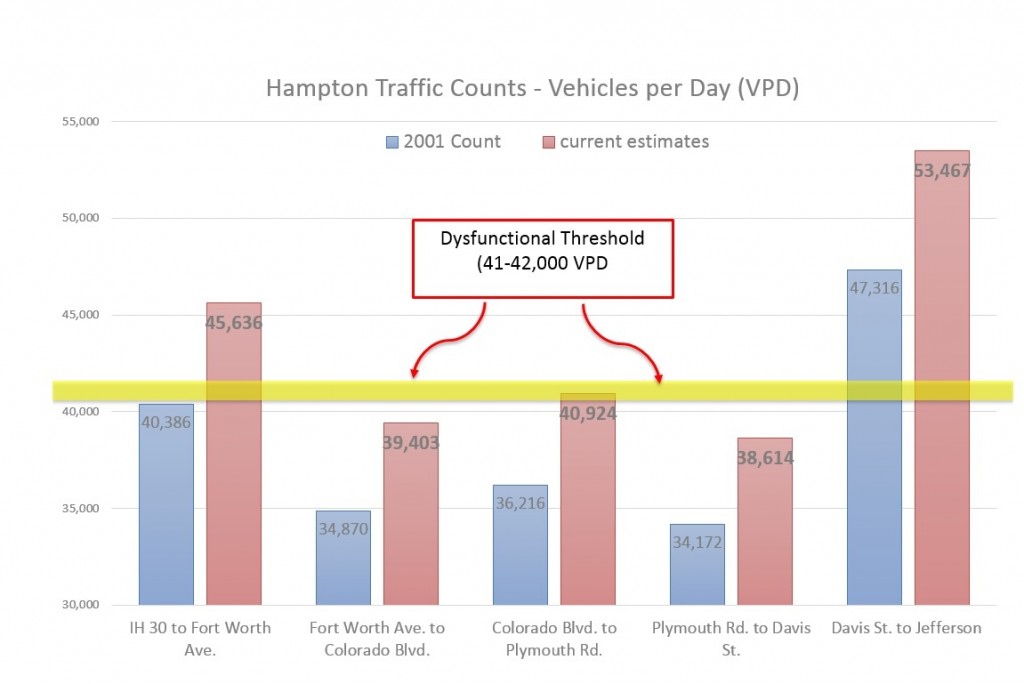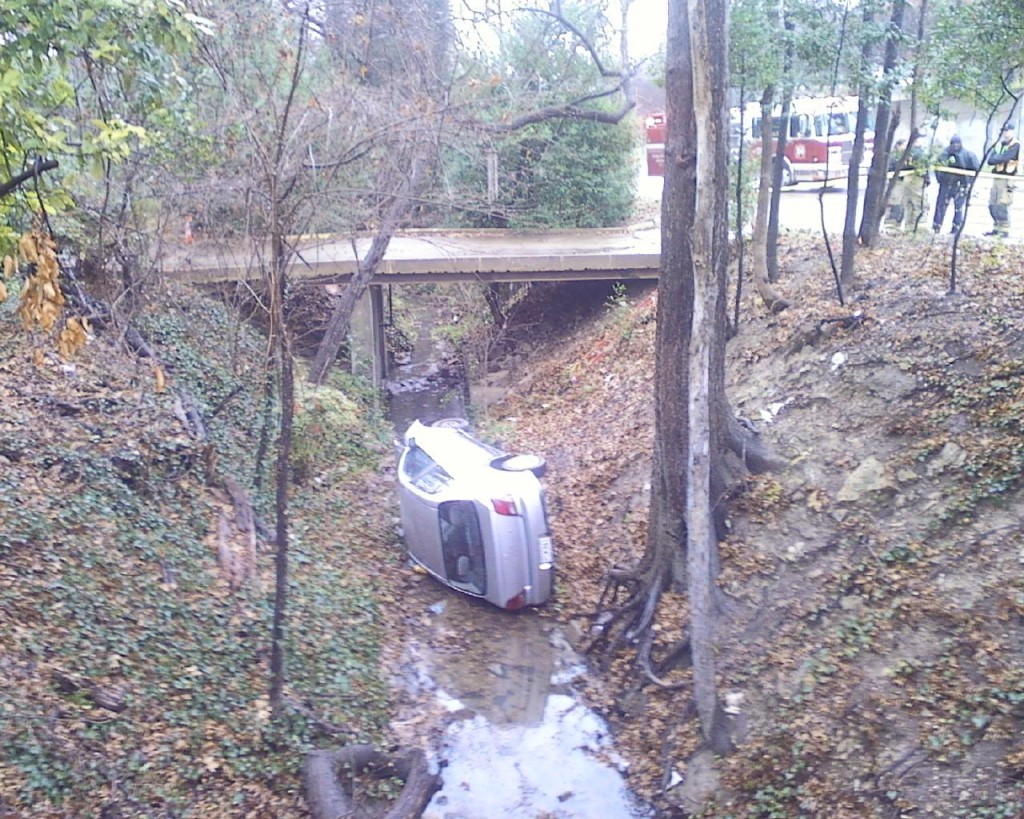
The traffic implications of this proposed multi-family development are many. It doesn’t take a traffic engineer to know that Hampton Road suffers from over-use and congestion. But just because Hampton has a low level of service due to it’s over-use doesn’t mean that we shouldn’t be concerned about adding to or making the traffic worse.
The developer has expressed his belief that Hampton is “broken” and it’s traffic problem is a larger issue that needs to be addressed at the city wide regional level. Despite his acknowledgement of the issues related to traffic on Hampton Road, he makes no apologies or excuses for adding more vehicles to the already congested Hampton Road by seeking to develop a high density multi-family development that will use Hampton as its feeder road. The developer’s “its-broken-so-who-cares” mentality is fundamentally wrong and irresponsible.

The image above graphically illustrates traffic counts along Hampton Road from I-30 to Davis. The segment of Hampton directly in front of the proposed multi-family development has approximately 39,000 vehicles per day. Its important to recognize that Hampton Rd can not be widened any more. There is no higher capacity thoroughfare designation to which Hampton can be promoted — it wall always be a six-lane divided thoroughfare. Since Hampton Road can not be widened, the 39,000 daily commuters, the nearby home owners and the community in general have a vested interest in maintaining the highest level of service on Hampton for as long as feasibly possible. Thus, this proposed high density multi-family development is counter to and undermines the general public interest.
This proposed high density, multi-family development will not only negatively impact the level of service of Hampton Road, but will also be detrimental to safety and welfare. Like all the existing homeowners on the west side of Hampton Rd, the residents of this proposed high density multi-family development will have to make a U-turn at the signal light at Davis Street to head north on Hampton. This U-turn is made especially dangerous by those northbound vehicles speeding through the intersection to make the light. Additionally, westbound vehicles on Davis making a right-hand turn onto northbound Hampton frequently do not notice or do not yield to those vehicles making the U-turn. A similarly dangerous traffic pattern occurs as residents of the multi-family development attempt to make a U-turn from the northbound side of Hampton through the median break that exists directly in front of the proposed high density multi-family development.
The developer tries to downplay the safety concerns related to traffic safety, by offering access to the development via North Boulevard Terrace. He has agreed to this only after wide spread criticism of his traffic flow plan. So if he truly believes that residents will almost universally use North Boulevard Terrace as their major point of ingress and egress, then why is it even necessary to have the Hampton feeder road that is incorporated into his proposed multi-family development?
The picture below supports the position that Hampton Road presents real risk to health and safety. These risks DO NOT need to be increased by unnecessarily contributing to increased traffic in an already over-utilized thoroughfare.
